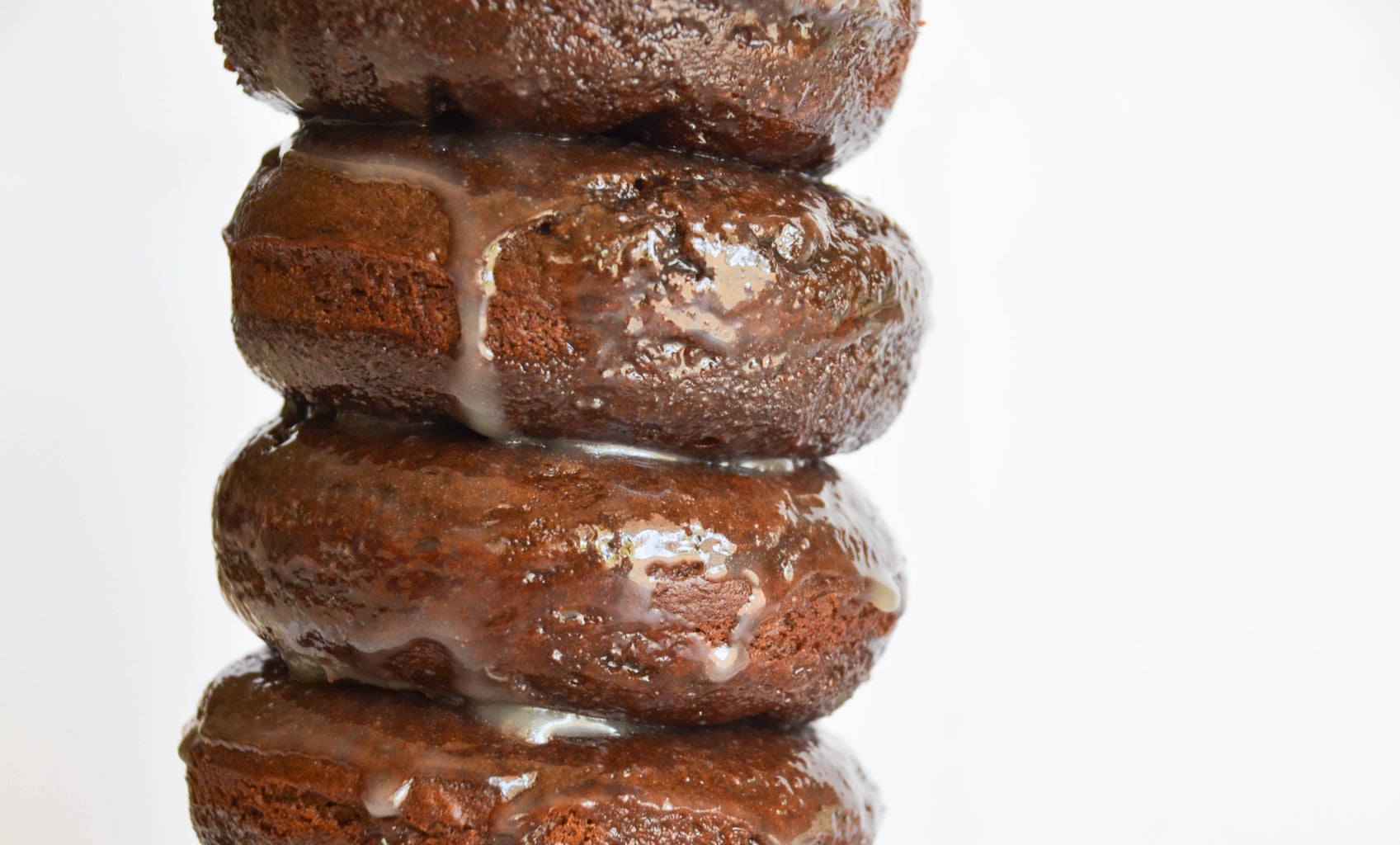Vikings and automobiles are not typically associated with fall. What is related to all three of these things, however, is apple cider and the doughnut made from it. With trees bursting with vibrant colors and apple picking season coming to a close in Ohio, there is no better time to take a deeper look at the apple cider doughnut and its namesake.
Cider can be traced back to Roman and Spanish records. However, the word “cider” first entered the English language in the 9th century when the Normans (a subsection of the “Vikings”) invaded England.
When cider followed English settlers over to Colonial America, it was an alcoholic beverage. With apple trees growing well in the Massachusetts Bay Colony, cider rose to prominence with the colonists. Fermenting apple juice was a way to preserve their harvest and was a safer drink than the unsanitary water at many homesteads.
However, the combination of the Industrial Revolution leading to the abandonment of apple orchards for Northern factories, German and Irish immigrants’ introducing a preference for beer, and Prohibition led to cider falling out of favor. Nonetheless, apple cider has been growing in popularity as a non-alcoholic beverage to be paired with apple cider doughnuts. These treats have a history of their own.

The first question to be answered is: why fall? Surely apple cider doughnuts taste good any day of the year. However, beyond being rooted at the heart of apple (and thus apple cider) season, the doughy baked good was always initially tied with this time of year. Doughnuts were traditionally fried in lard, and with autumn being butchering season, it it was the time of year where enough fat was available for doughnut making. For those who don’t find lard particularly appealing, most modern doughnuts are fried in vegetable oil.
In the early 20th century, doughnuts were not particularly widespread due to the difficulty of producing them in bulk. Here enters Adolf Levitt. In what sounds like the opening to a joke, the Russian immigrant and an engineer met on a Midwestern train. Here they came up with a prototype for a doughnut-making machine.
Displayed in the window of his Harlem bakery, the machine caught the eye of passersby as they watched the machine turn out perfectly shaped doughnuts. In the 1920s, Levitt founded the Doughnut Corporation of America (DCA). It was with the DCA’s introduction of the commercial mix for the Sweet Cider Doughnut that the new fall treat erupted onto the scene.
These doughnuts went perfectly with the apple cider that could be found at many farmer’s markets. And what allowed for the populace to travel to these rural and orchard locations to consume more and more of this pastry? The increasing popularity of the automobile.
Thanks to Vikings and the automobile you have the chance to round out your autumnal experience with the flaky, cinnamon dusted crunch of the apple cider doughnut swallowed down by a cup of warm apple cider. Find an orchard an automobile’s length near you to try this delectable fall duo.



